Why The Elephant?
Meet The Elephant And The Rider
Data is often vital to a presentation’s success, yet our brains are not wired to remember or emotionally engage after listening to or viewing raw data. In fact, research shows that following a presentation of solid data, an audience feels fatigued and unable to make decisions or formulate actions related to the information just received. But why?
Researchers have established that the human mind operates like two independent systems, each with very different “personalities.” Jonathan Haidt, an American social psychologist and professor at New York University, described the power dynamic of the two systems as a logical rider perched on top of a 5-ton emotional elephant.


The Rider
Represents the logical, analytical system. It is fragile compared to the powerful elephant, and is easily overwhelmed. The rider thinks and analyzes requiring conscious effort, time, and energy. Think about how your eyes glaze over and your mind wanders while listening to a presentation of technical information, graphs and numbers. The rider struggles with decision fatigue and impacts only 5% of influence and change.

The Elephant
Represents the intuitive, emotional system – the powerhouse. It imagines, feels and makes sense of information through stories, metaphors and experiences. It works to quickly find patterns, root causes, and creative solutions through association. The emotional elephant makes unconscious, effortless, split-second decisions. Although we tend to ignore and starve the emotional elephant in business communication, it impacts about 95% of influence and change.
This Elephant and Rider analogy inspired, captivated, and deeply informed our process. Marrying how our brains respond to stories with the concept that storytelling speaks directly to the elephant, birthed a series of one-of-a-kind training courses 100% focused on feeding the elephant.
*Jonathan Haidt introduced the analogy of the Rider and the Elephant in his book, The Happiness Hypothesis.